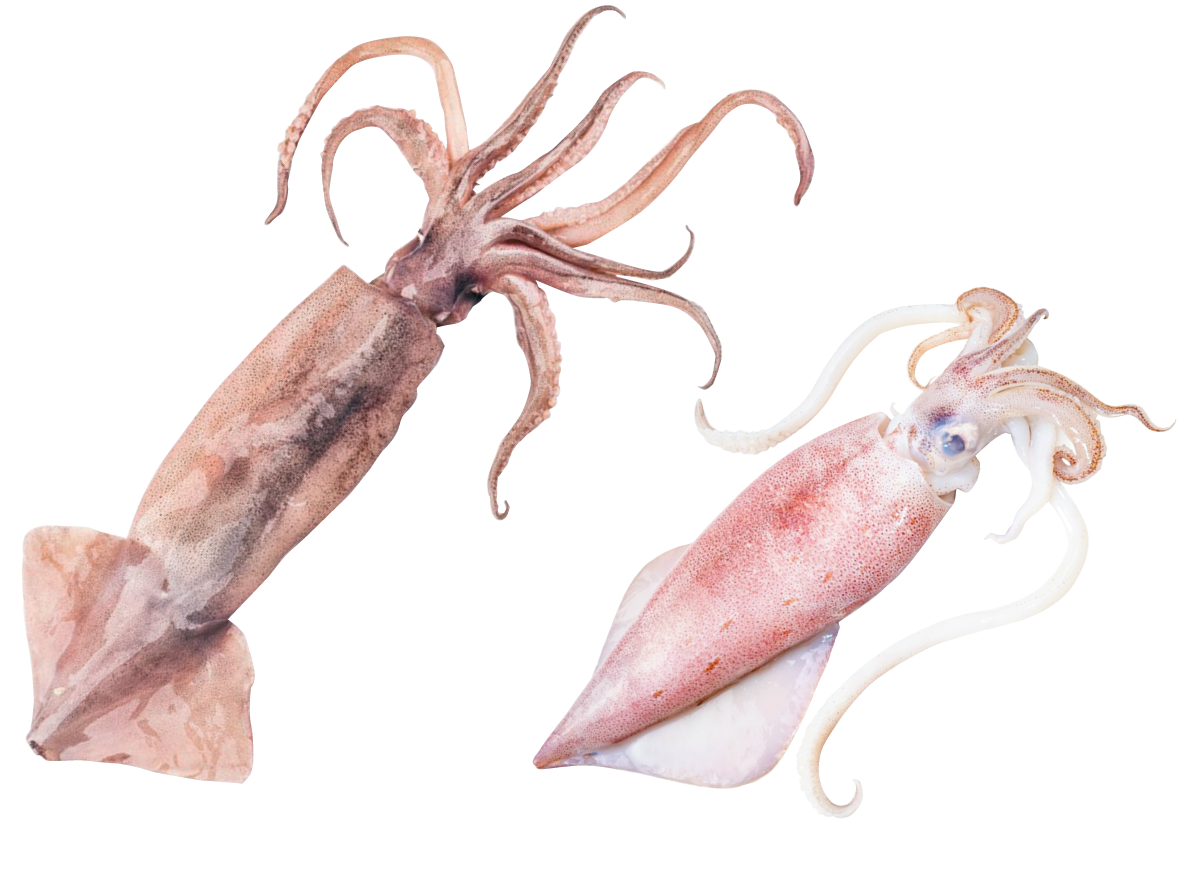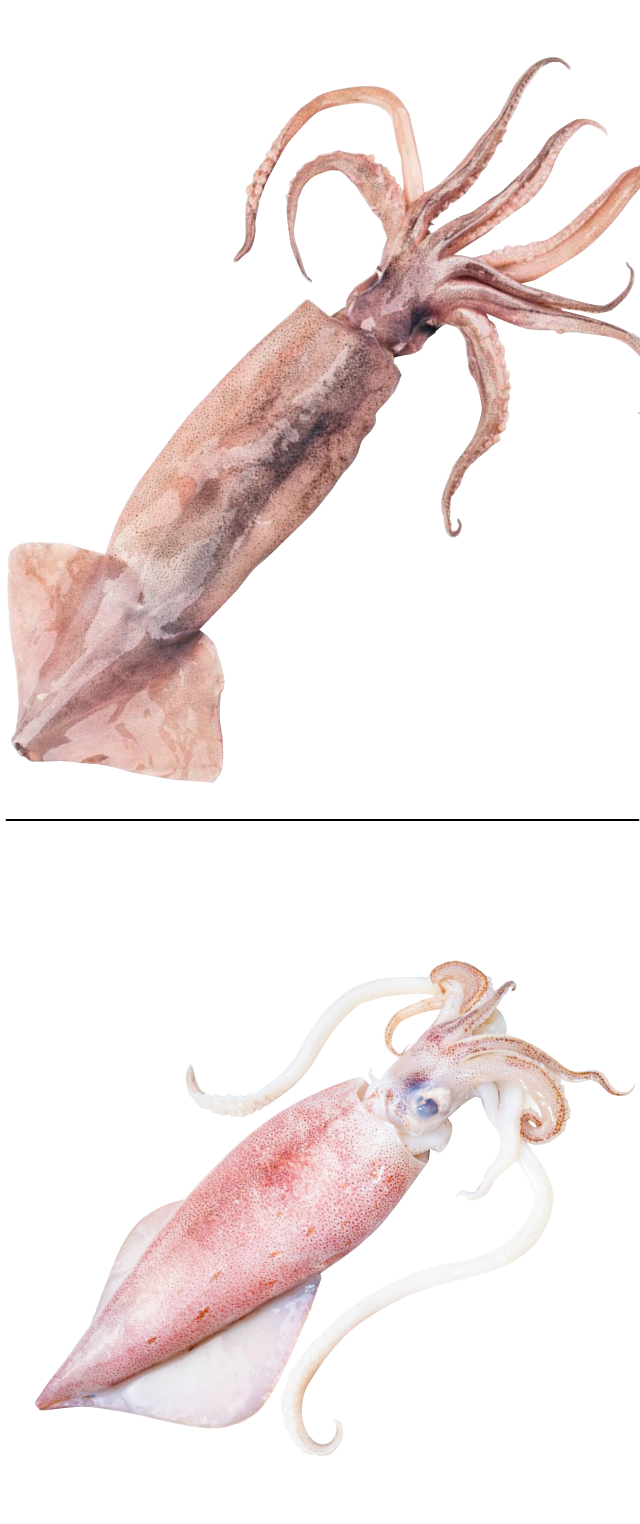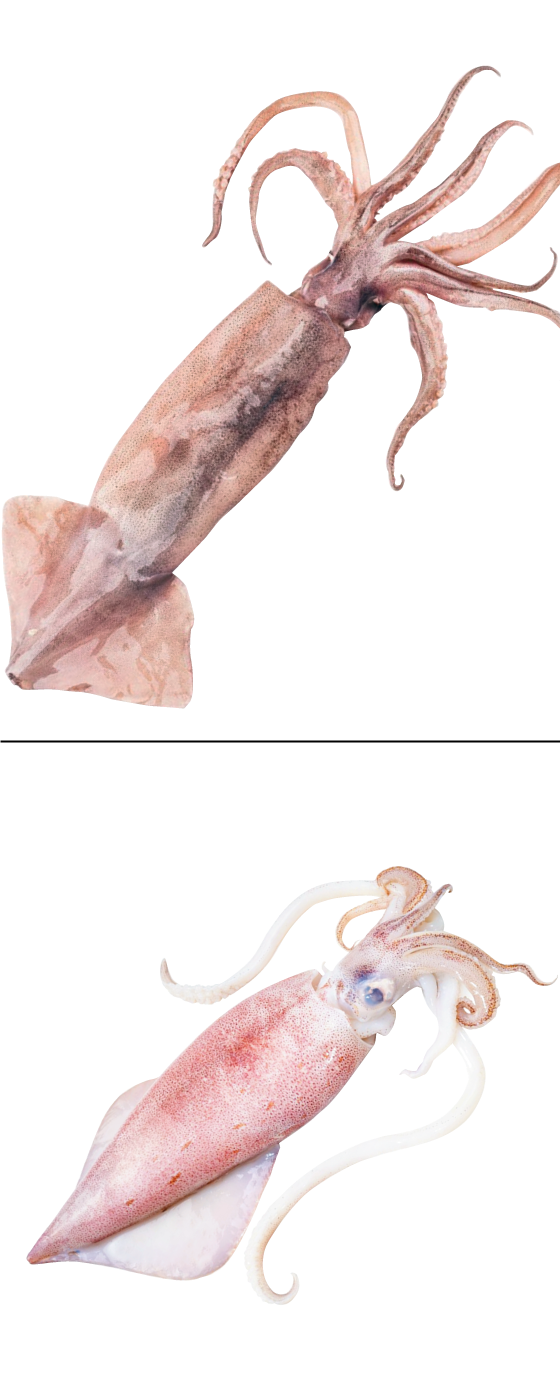We uncovered the scam behind Madrid's calamari sandwich.
Squid is usually used to prepare dishes because it is cheaper than calamari, which is in season.


The squid We eat them stuffedGrilled, in stews, and also Roman stylecut into rings. Yes that's how it is, the beloved and missed Juli Soler He recommended pairing them with beer, because he believed it was the best combination. In Madrid, battered calamari is eaten between two slices of bread, without tomato, of course. It's the famous calamari sandwich, which has often become an attraction for tourists and visitors, and not so much for the locals. Madrid, as a radial capital that claims to receive fish three hours after it arrives at the ports of the Cantabrian Sea and the Mediterranean, has elevated a seafood product, calamari, to a popular and iconic dish. Now, has anyone considered that a calamari sandwich can never cost three euros? Or four, for that matter. Squid, now that it's in season, has a high price tag, never going below twenty euros or more. And the same is true for the battered calamari tapas in Barcelona. If they're inexpensive, and the portion is generous, the restaurant owner would make very little profit on each serving. So, what's really behind a plate of calamari?
What's being hidden is its close cousin, the squid, from the same family as the cuttlefish, but different, both visually and in taste. Now, once cleaned and cooked, squid and cuttlefish look similar, which is why squid is sometimes passed off as cuttlefish. But they are not the same. In the market, squid is cheaper, sold in different preparations, one of which can be processed and frozen. Squid is also sold fresh (the most common in markets is the giant squid), and then it must be frozen if you want to eat it breaded. Otherwise, if the squid is cut and fried as soon as you buy it, the texture "will be as hard as a rock." The person who puts it this way is... the marine scientist Arnau Subíaswhich feeds the blog on Instagram GastrobioHe adds that "honesty is needed from the restaurant owner, who must state whether it's squid or cuttlefish."
To get an idea of what cuttlefish and squid are, we should go to the freezer in a supermarket and look at those bags of white rings, perfectly cut and with an immaculate white color. That's cuttlefish, "specifically giant Pacific cuttlefish, which is by no means squid," says Arnau Subías, who assures that, in this case, the consumer should also pay attention to the number of ingredients it contains. Besides giant cuttlefish, there are many others, because it is a processed product.
The size of the rings, the key
It's essential that the label clearly specifies that it's giant Pacific squid, but if it doesn't, the consumer has another crucial clue: the size of the rings. Mediterranean squid, however large, will never have that diameter. Frozen giant Pacific squid rings can be breaded and fried because they've already undergone processing so they can be cooked directly at home or in restaurants. If they weren't processed or frozen, they couldn't be eaten using this or any other cooking method because they would be too tough. "If the squid is fresh, we can't grill it either because the same thing happens; it's inedible due to its toughness," adds Arnau Subías.
Aside from size, there is another characteristic that distinguishes squid from cuttlefish, and that is taste. "Squid, even when breaded, will always be mild and tender, but the same cannot be said of cuttlefish," says Arnau Subías.



